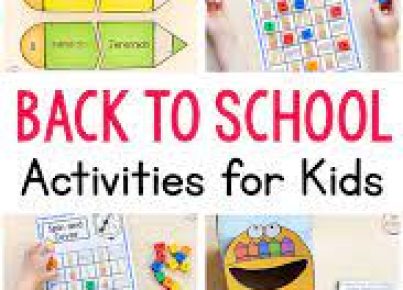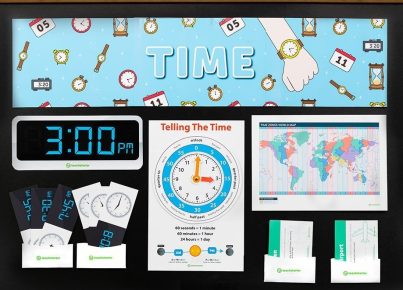1. Prepare the environment: Set up a comfortable and inviting space for the workshop, with enough seating and materials for all participants.
2. Set clear expectations: Communicate the goals and objectives of the workshop to all participants beforehand, so that everyone knows what to expect.
3. Provide variety in materials: Offer a diverse selection of reading materials, such as short stories, novels, articles, and poetry, to cater to different interests and skill levels.
4. Create small groups: Break the participants into smaller groups to encourage discussion and collaboration amongst them.
5. Establish ground rules: Set up guidelines for respectful communication and participation within the groups.
6. Incorporate interactive elements: Use different formats and mediums to engage readers, such as videos, audio recordings, or visual aids that complement the readings.
7. Encourage note-taking: Provide participants with notebooks or handouts where they can jot down their thoughts and ideas about the texts they read.
8. Preview texts: Give readers a brief overview of the texts before they delve into them to provide context and stimulate their curiosity.
9. Model active reading strategies: Demonstrate techniques such as questioning, predicting, making connections, summarizing, and evaluating while you read aloud to the group.
10. Scaffold learning: Provide support and guidance to participants based on their individual needs and skills in order to help them develop as independent readers.
11. Implement timed reading sessions: Allocate specific timeframes for reading sessions in the workshop program to ensure focused attention on the texts.
12. Use open-ended questions: Pose thought-provoking questions that require elaborate answers from participants during group discussions.
13. Facilitate group discussions: Encourage open dialogue between participants by facilitating discussion and providing prompts if needed.
14. Celebrate progress: Acknowledge small victories throughout the workshop in order to keep readers motivated and engaged in their progress.
15. Encourage peer feedback: Foster an environment where participants feel comfortable sharing their thoughts and providing constructive feedback to each other.
16. Allow time for reflection: Dedicate time for participants to reflect upon what they’ve learned and share their insights with the group.
17. Teach annotation: Introduce annotation techniques and provide handouts explaining the benefits of annotating texts, which can help readers identify important elements and improve comprehension.
18. Make connections: Relate the topics in the texts to real-world experiences and draw comparisons between different readings.
19. Host guest speakers: Invite authors, poets, or experts in the reading materials’ topics to speak and interact with workshop participants.
20. Provide follow-up resources: Offer a list of recommended books, online resources, or local reading groups so that participants can continue developing their skills after the workshop ends.
By implementing these twenty strategies in a reader’s workshop, you can create a supportive and motivating environment that encourages growth and success for all participants involved.




